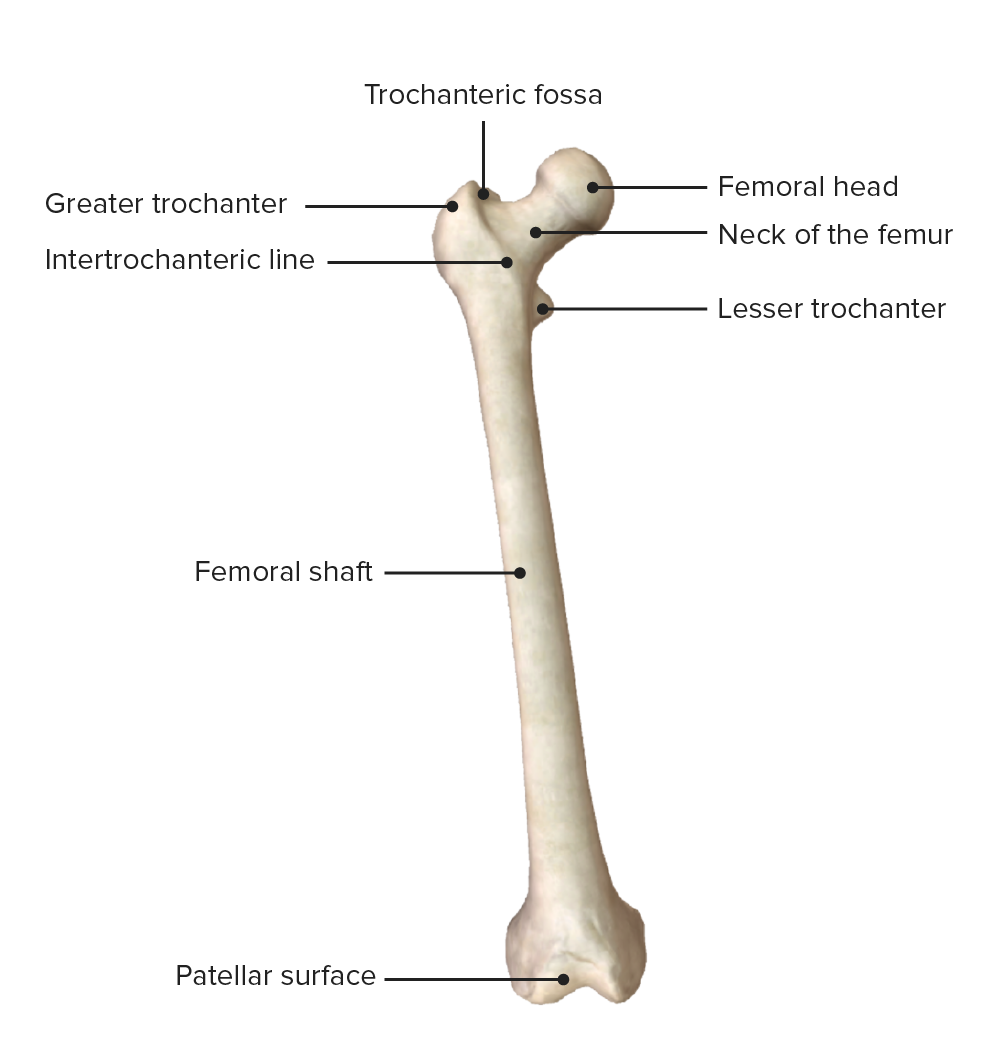Playlist
Show Playlist
Hide Playlist
Lumbar Plexus
-
Slide Lumbar Plexus.pdf
-
Download Lecture Overview
00:01 Now let's turn our attention to the lumbar plexus but very much look at it in situ. 00:06 It's very much how it relates to the numerous muscles we've spoken about so far. 00:11 So this is a case of bringing it all together, we've spoken about the muscles previously. 00:15 Now let's have a recap by looking at all the nerves in situ if we didn't speak to them too much in the previous lectures. 00:22 So let's have a look at the lumbar plexus. 00:23 We can see it's coming from T12, all the way down to L4 here. 00:28 And we can see one of the nerves that's coming away from the lumbar plexus is the iliohypogastric nerve, this is coming from T12 to L1. 00:37 We have the ilioinguinal nerve, this is coming from L1. 00:40 And we looked at these nerves when we looked at the abdominal wall and the inguinal canal. 00:45 We also have the genital femoral nerve coming away from L1 and L2. 00:50 And here we have the lateral femoral cutaneous nerve coming from L2, L3. 00:55 Here we have the femoral nerve, L2, L4. 00:59 And finally, we have the obturator nerve, L2, L4. 01:03 So it's important to remember when we looked at the cutaneous nerve supply in a previous lecture, we had that nice even distribution of dermatomal maps on the surface of the skin that very much went alongside T12, L1, L2, L3, L4, etc, to give very discreet bands. 01:23 Now we can see how we have, for example, the lateral cutaneous nerve of the thigh that is covering parts of dermatome L2 and L3 because it's come from that spinal cord segment. 01:36 So it doesn't mean if the lateral cutaneous nerve is damaged all of L2, L3 dermatome will be lost because there may well be some compensation by other cutaneous nerves that pick up that. 01:49 So the cutaneous nerve map and the dermatomal map needs to appreciate how they interact together, but they cover ultimately the same surface area of the skin. 02:01 Now let's have a look at the position of the genital femoral nerve. 02:04 It comes from L1, L2 and we can see here we've got it passing out through the psoas muscle, see it's appearing L1, L2, and then it pierces the psoas major muscle, so run alongside its anterior surface. 02:19 It then gives rise to a femoral branch, which goes to supply the skin over the inguinal triangle. 02:24 We can see here. 02:25 And it also gives rise to a genital branch that goes to supply aspects of the scrotum or the labia and also motor innervation to the cremaster muscle. 02:35 So here we can see the genital femoral nerve running anterior to the psoas muscle and then splitting into its two branches. 02:43 If we have a look at the lateral cutaneous nerve, we can see this coming from L2 to L3. 02:49 We can see it passing away and it's running out of the lateral border of psoas major. 02:54 To run on the surface of the iliacus muscle. 02:57 It then runs down through this muscular space deep to the inguinal ligament, and it supplies the cutaneous innervation on the lateral side of the thigh highlighted here in green. 03:09 If we look at the femoral nerve, this is a large nerve. 03:12 It emerges from L2, L3 and L4. 03:15 And as it does so it comes out again of the lateral border of psoas major and it descends under deep to the inguinal canal. 03:23 It runs through the femoral artery and the femoral vein within this space. 03:28 It then continues down and gives rise to various cutaneous branches supplies the anterior aspect of the thigh and the medial side of the leg as it runs down distally. 03:38 It also has some motor branches and its supplies and high number of muscles in this space which we can see. 03:45 Principally is surprised most of the anterior compartment. 03:49 It also supply some muscles that pass from the abdomen down into the thigh passing through the pelvis like the psoas muscle you can see here. 03:58 If we then turn to the obturator nerve, obturator nerve comes from L2, L3, L4. 04:04 It also runs down within the pelvis. 04:06 This time it's running medial to psoas major muscle, and then it exits the pelvis to enter the thigh via the obturator foramen. 04:15 So it passes through the pelvis. 04:17 It then exits the pelvis, enters the medial compartment of the thigh to supply the abductor compartment, those muscles that help to abduct the thigh by passing through the obturator foramen. 04:29 So as we can see here, all the muscles in this medial compartment are supplied by the obturator nerve.
About the Lecture
The lecture Lumbar Plexus by James Pickering, PhD is from the course Fasciae and Neurovasculature of the Lower Limbs.
Included Quiz Questions
Where does the femoral nerve originate?
- L2-L4
- L1-L2
- L2-L5
- L3-L5
- L2-S1
The genitofemoral nerve originates from which spinal nerves?
- L1-L2
- L2-L3
- L3-L4
- L4-L5
- L5-S1
What is the function of the obturator nerve?
- Innervates muscles of the medial compartment
- Innervates the hamstring
- Innervates muscles of the lateral compartment
- Innervates the adductor magnus
- Innervates the posterior compartment
Customer reviews
5,0 of 5 stars
| 5 Stars |
|
5 |
| 4 Stars |
|
0 |
| 3 Stars |
|
0 |
| 2 Stars |
|
0 |
| 1 Star |
|
0 |






